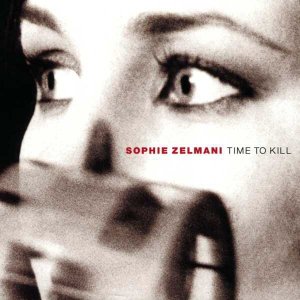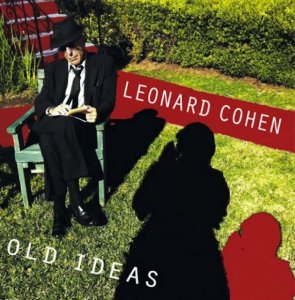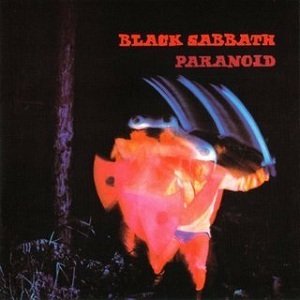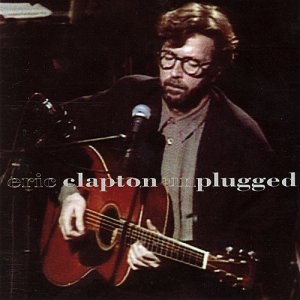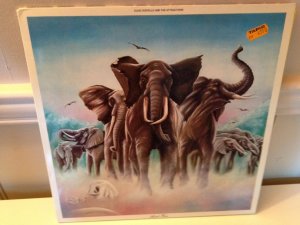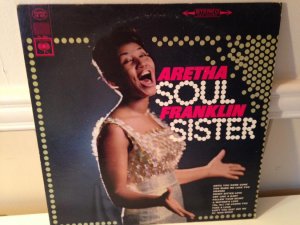Protest !Viser bare hva slags talent den mannen har. Og vi kan jo ta enda et steg tilbake, til originalen:Ikke dum variant dette tkr.Ikke skal jeg krangle med deg om David Gilmour, men når det gjelder den sangen og vokaler, har vi andre som parkerer den dama der:
En knapt 20 år gammel Van Morrison, for eksempel.
mvh
Fra dirty, gritty down-to-earth blues til god gammeldags "torch song". Ingen tvil om at Van the Man har lyttet til originalen før han sang sin egen versjon.
mvh
Dette er den beste versjonen.
Fra Wiki.
His most successful recording, "I Put a Spell on You" (1956), was selected as one of The Rock and Roll Hall of Fame's 500 Songs that Shaped Rock and Roll. According to the AllMusic Guide to the Blues, "Hawkins originally envisioned the tune as a refined ballad."[3] The entire band was intoxicated during a recording session where "Hawkins screamed, grunted, and gurgled his way through the tune with utter drunken abandon."[3] The resulting performance was no ballad but instead a "raw, guttural track" that became his greatest commercial success and reportedly surpassed a million copies in sales,[5][6] although it failed to make the Billboard pop or R&B charts.[7][8]
The performance was mesmerizing, although Hawkins himself blacked out and was unable to remember the session.[6] Afterward he had to relearn the song from the recorded version.[6] Meanwhile the record label released a second version of the single, removing most of the grunts that had embellished the original performance; this was in response to complaints about the recording's overt sexuality.[6] Nonetheless it was banned from radio in some areas.
Soon after the release of "I Put a Spell on You", radio disc jockey Alan Freed offered Hawkins $300 to emerge from a coffin onstage.[5] Hawkins accepted and soon created an outlandish stage persona in which performances began with the coffin and included "gold and leopard skin costumes and notable voodoo stage props, such as his smoking skull on a stick – named Henry – and rubber snakes."[5] These props were suggestive of voodoo, but also presented with comic overtones that invited comparison to "a black Vincent Price."[2][6]
Sist redigert:




